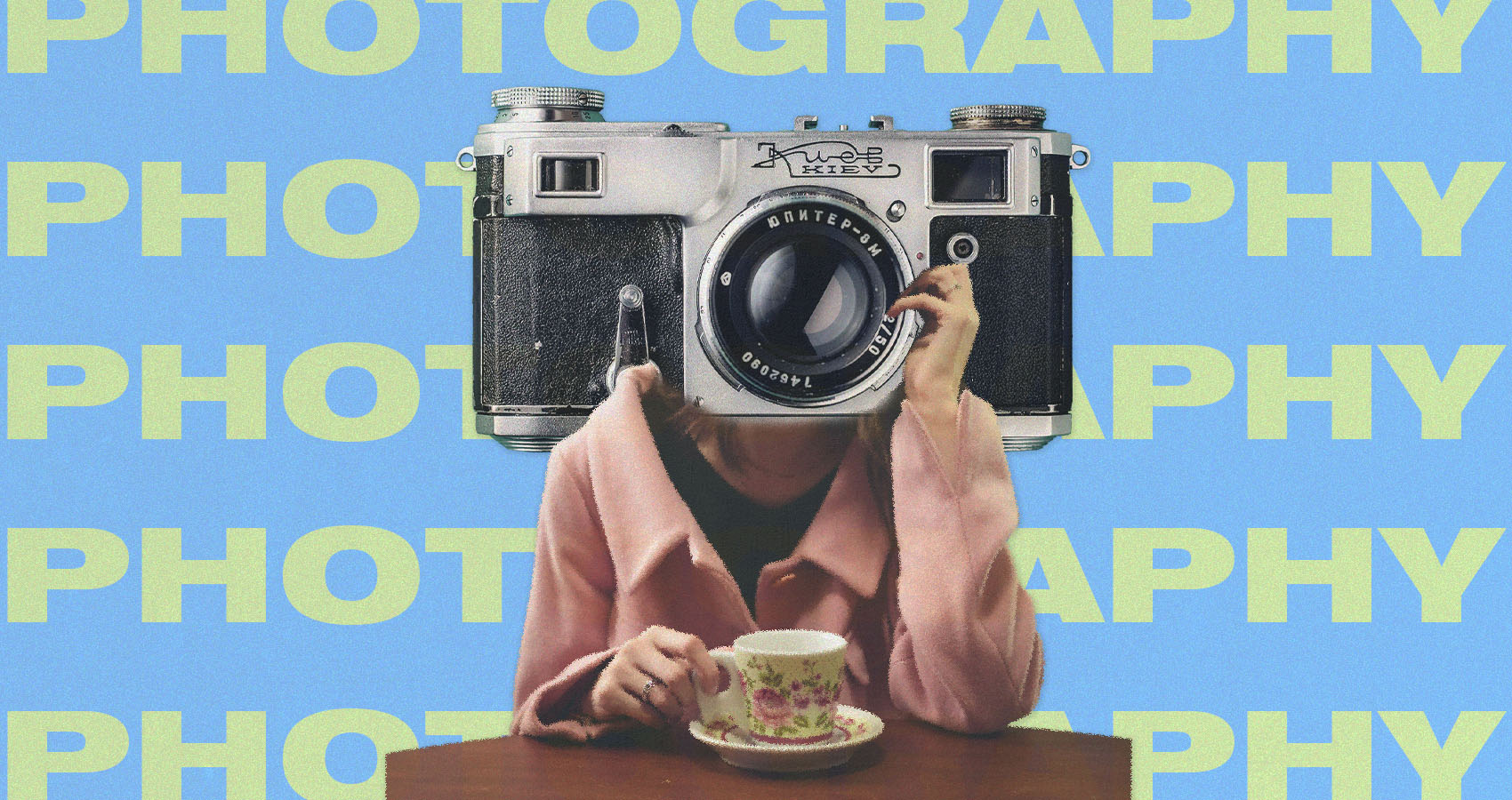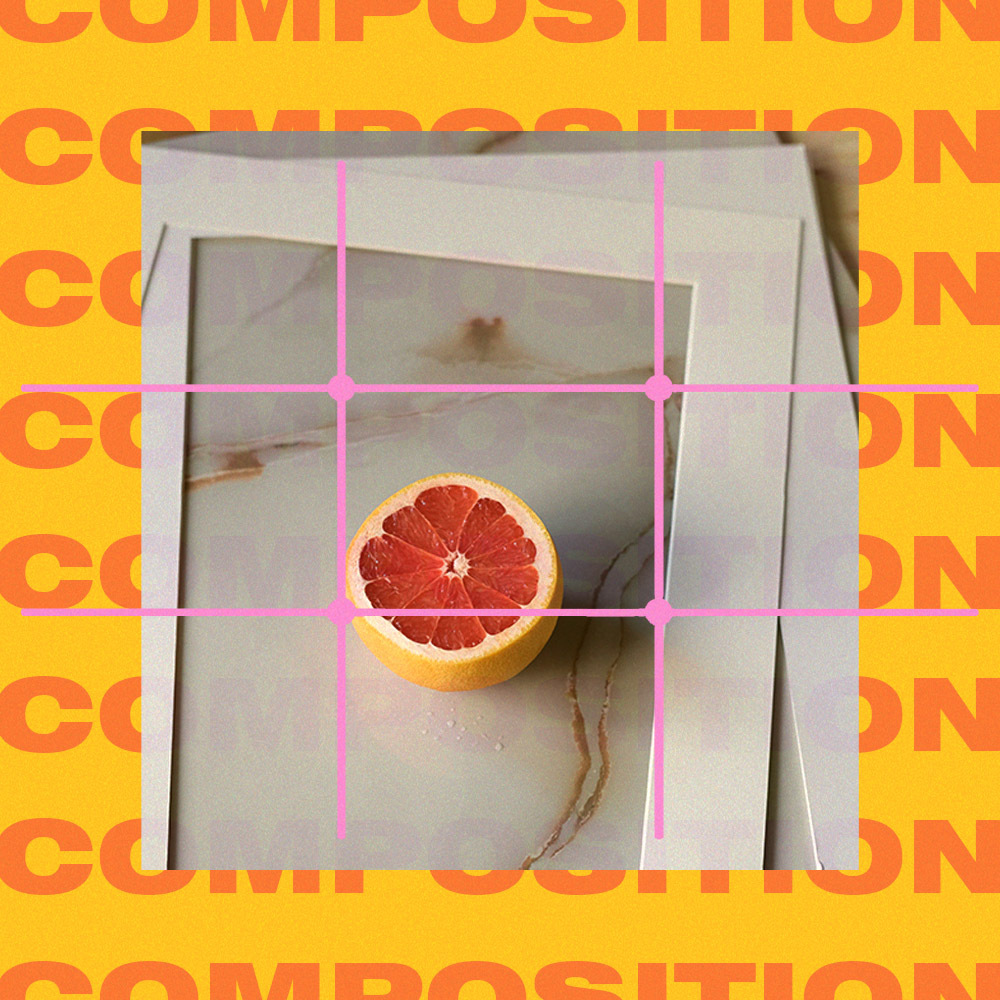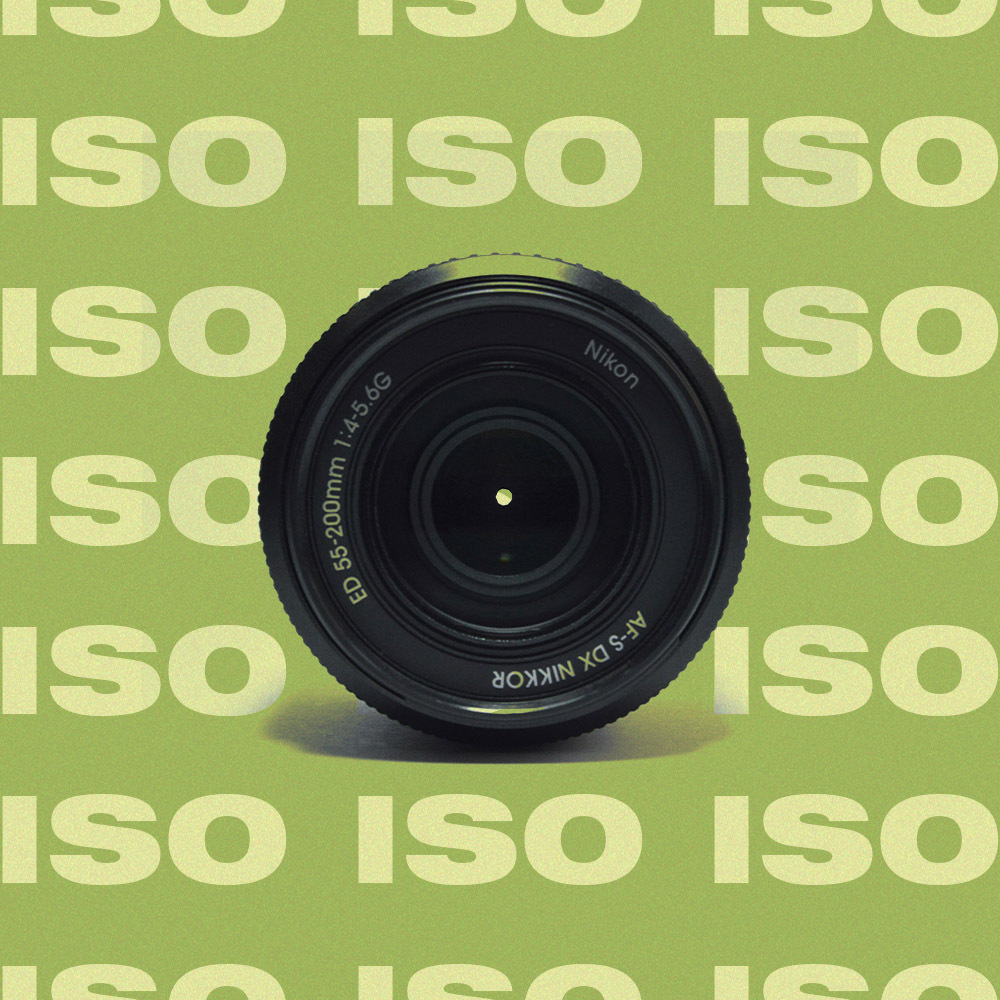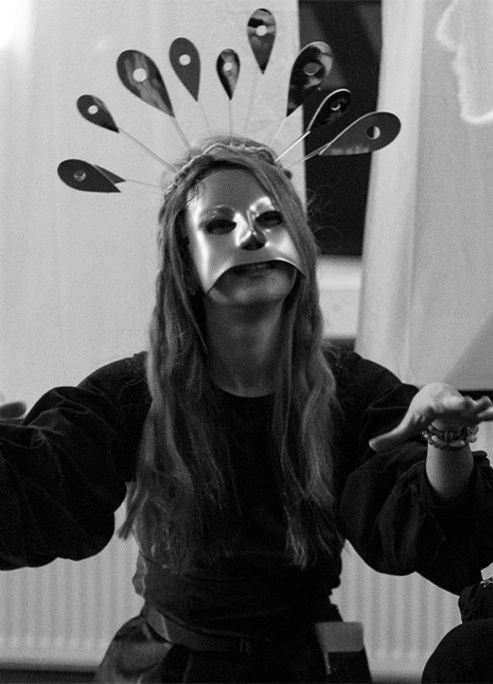
Master The Art Of Photography: Tips To Take Excellent Shots
Capture stunning shots with your smartphone and creative vision.
Today, we live in a digital age where we want to capture everything with our phones. However, most of these pictures will remain forgotten in your mobile gallery. But what if we told you that you could master the art of photography? That you could take excellent shots, so excellent, in fact, that you would want to stare at them all day? The great advantage of living in a digital age is that we can find accessible, high-quality cameras on regular smartphones. And, with the popularity of social media platforms, anyone can become a photographer.
To master the art of photography, you will need more than a phone. You will need creative vision and a combination of technical skills. Even if all this information seems a lot at first, with a little practice, you will see that the results are worth it. Photography is an art that conveys emotions and freezes memories with the help of a camera lens. Knowing how to shoot correctly is useful for anyone who wants to immortalize moments.
To help you a little, we have prepared a guide with everything you should know as a photographer, so keep reading to find out more.
Learn the basics of composition

Composition is one of the main components of excellent photography. It refers to how elements are placed in a frame and whether they look good together. Beginners who want to master the art of photography must understand composition techniques to create stunning messages.
All professional photographers know the rule of thirds, one of the best composition techniques anyone can use. To understand this concept, divide the frame into nine parts by adding two horizontal and two vertical lines. The area where these lines interact is called "power points," the best zone to place your photos' key elements or subjects to create a visually appealing and well-balanced composition.
Photography can be a great career for anyone who wants a creative job, as these professionals can make photoshoots and even sell their works. This is because people are interested in photography for sale, and many choose photographs to elevate the look of their interiors.
Understand your camera settings

If you want to master the art of photography, then you need to become familiar with your camera settings, including elements like shutter speed, aperture, and ISO. The aperture is the opening in the camera lens from which the light enters, affecting the depth of field and whether your photo is focused. If you use a wide aperture, you will have a shallow depth of field, which will most likely result in a sharp subject and a blurry background. On the other side, a narrow aperture will increase the depth of field, and most elements from the frame will appear sharp.
Shutter speed determines how much light your gadget's sensor is exposed to. A slow shutter speed creates motion blur, while a fast one freezes the motion. If you understand this concept and try your hand at it, you will be able to create artistic photographs with light trails and silky waterfalls.
ISO is another vital camera setting that measures the sensitivity of sensors to light. A high ISO setting of 1600 or higher suits low-light environments, while a low setting, like 100, is good for bright lighting conditions.
Light is essential

Lighting plays a crucial role in how good a photograph will be, as it enhances the atmosphere and mood of your pictures. Natural light is the best for creating excellent shots, but artificial lighting is a great alternative if natural light is lacking. Natural light is available from the light sources found in nature, like the moonlight and sunlight, and it is the preferred option for plenty of photographers as it adds softness to images, especially the light from early mornings when the sun rises, or later when the sun is lower in the sky.
Artificial lighting uses artificial sources, such as flashes and studio lights, which offer more control, as photographers can set the direction and intensity of the light. This is generally used indoors or for shoots at night. If you want to improve your photo skills, try your hand at different lighting and experiment as much as you can.
Editing is as important as shooting your photos

Once you have your shots, it is time to pay attention to the post-processing part to enhance the look of your pictures even more. Of course, editing will not look great if you ignore the camera setting, lighting, and the other important parts mentioned above. Afterwards, editing will take your photos to the next level, enhancing your shots' contrast, luminosity, clarity, and colors. Luckily, now you have a lot of software alternatives with which you can edit your photos, crop your pictures, and even remove unwanted parts.
Remember that the goal is to capture special photos when you are shooting, and post-processing should only be used to improve the look of your images.
Have patience
Good photography involves a high level of patience, as in most cases, photographers, especially the ones specializing in natural landscapes, wait many hours to capture the perfect photo. So, you should be mindful of your surroundings and try to capture the essence of any scene with patience, which can lead to exceptional shots.
The bottom line
Photography is an art that requires a lot of elements to look truly fantastic, including the ones mentioned above. This art can be seen as a mix between technical knowledge and creative vision, the recipe for soothing photos that express emotions. If you want to enter the extraordinary world of photography, remember that you will need patience and the ability to learn from your errors.
Happy shooting!











